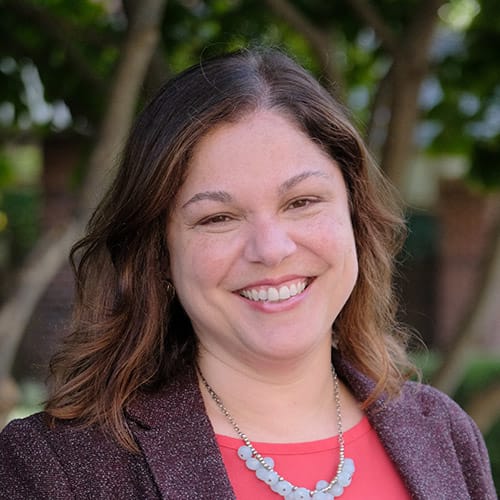About Senior Health
Explore senior health articlesAbout Senior Care Options
Explore senior living articlesAbout Finances & Legal
Explore finances and legal articlesAbout Products for Seniors
Explore products for seniorsAbout Senior Health
Explore senior health articlesAbout Senior Care Options
Explore senior living articlesAbout Finances & Legal
Explore finances and legal articlesAbout Products for Seniors
Explore products for seniors

Nutrition involves many factors, from consuming enough calories to sustain activity levels throughout the day to ensuring that we eat a variety of vitamin- and nutrient-rich foods. However, it’s less widely known how age impacts nutritional requirements. For example, a senior may lose weight or have less energy during the day due to how and what they are eating. Understanding dietary guidelines for older adults is an essential aspect of helping your loved one eat well and maintain their overall health.
Our free tool provides options, advice, and next steps based on your unique situation.

Our free tool provides options, advice, and next steps based on your unique situation.

Our advisors help 300,000 families each year find the right senior care for their loved ones.
Healthwise. (2018). Difficulty swallowing (dysphagia). University of Michigan. Retrieved from: https://www.uofmhealth.org/health-library/tp23477spec
Patient Food and Nutrition Services. (n.d.). University of Michigan. Retrieved from: https://medicine.umich.edu/sites/default/files/content/downloads/meal-planning-soft-diet.pdf
The information contained in this article is for informational purposes only and is not intended to constitute medical, legal or financial advice or create a professional relationship between A Place for Mom (of which OurParents is a trademark) and the reader. Always seek the advice of your health care provider, attorney or financial advisor with respect to any particular matter and do not act or refrain from acting on the basis of anything you have read on this site. Links to third-party websites are only for the convenience of the reader; A Place for Mom does not recommend or endorse the contents of the third-party sites.